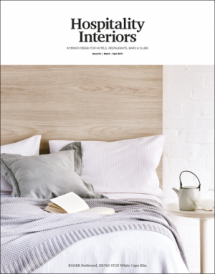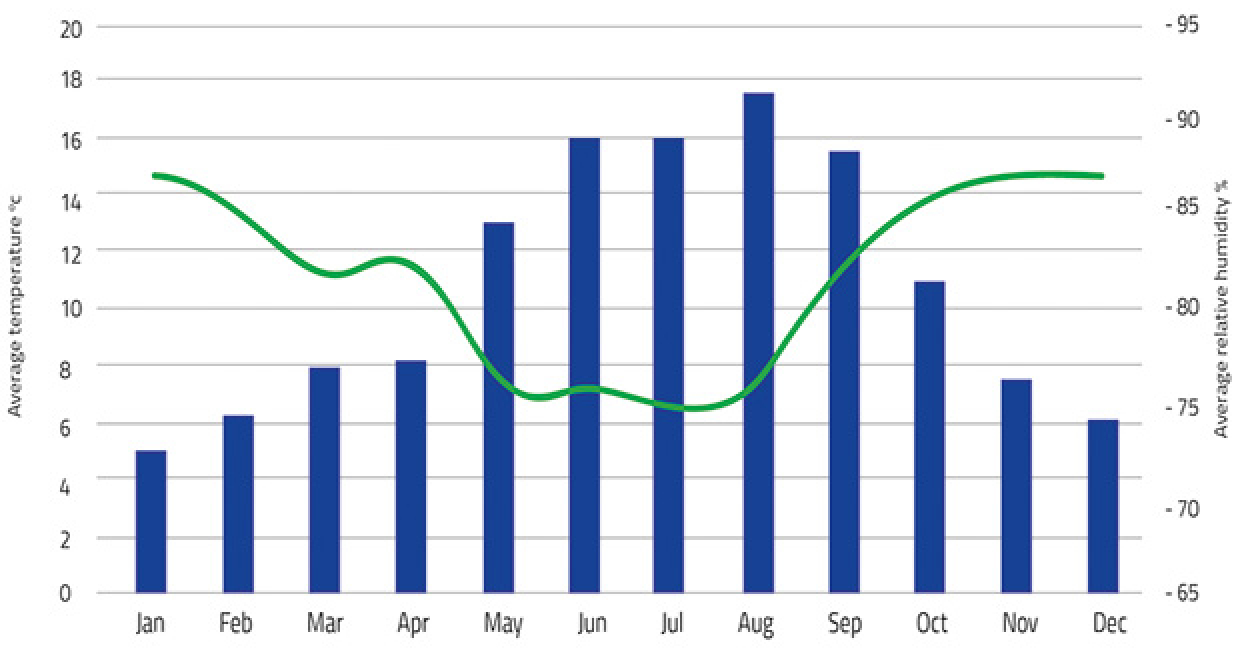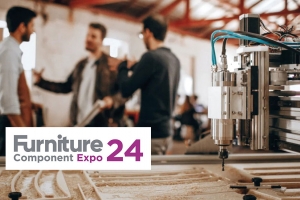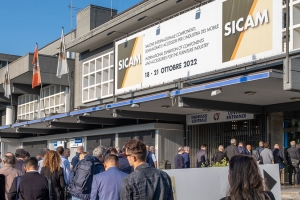Almost 80% of problems related to factory-finished joinery result from items manufactured and supplied during winter months, according to coatings specialist Teknos, which presents a guide to avoiding the problems associated with drying and curing during the colder months …
One of the biggest factors that affects the quality of joinery is the drying and curing of the coating system. This stage is greatly affected by low temperatures.
To avoid on-site rectification – which adds cost, opens the way for contractual disputes, and can delay payment causing frustration for all the parties involved – it is best to take practical steps to avoid problems in the first instance.
Coalescence
Modern coating systems dry and cure in two stages. In the first stage of coalescence, water and solvent are removed from the wet film, although they become dry to the touch before all the water has evaporated.
The graph shows a typical coalescence curve for water-based acrylic paint. At lower temperatures, and with poor airflow, times are significantly extended, and even though the paint may feel dry, it will still hold significant moisture.
The coalescent phase is critical to performance. If joinery is exposed before the paint is fully dried, blistering can occur – particularly in cold weather.
Curing
The second stage is curing. This is when the coalesced film chemically cross links, increasing toughness and adhesion. In summer, full cure is achieved in a few days, but in winter the process slows, stopping completely close to freezing point, and restarting as temperatures rise.
Six helpful steps
Achieving full coalescence of each coat of paint before joinery is shipped is key to avoiding complaints, and some simple steps will help:
1. Keep paint in a heated store before use, and never leave paint cans on a cold concrete floor.
2. Follow the lm thickness specification. Over-application is wasteful and slows the drying process.
3. Try to maintain a warm temperature of 15-20°C in the drying area, using a background heater or ducted and filtered warm workshop air.
4. Avoid switching to heat or air circulation fans overnight. In cool, still air, very little drying will take place.
5. Avoid trying to accelerate drying by blasting hot air at joinery items. This will speed up surface drying, but trap moisture in the film and slow down the coalescence process.
6. Delay wrapping finished joinery for as long as possible. Wrapping and storage in an unheated dispatch area will slow or stop moisture release from the film, preventing full coalescence.
From windows and doors to cladding or kitchen cabinets, whatever the combination of timber species, colour or application method, Teknos offers a system that enables the creation of a durable and attractive finish. Its range of primers, base stains and top coats help to control the properties of certain wood types, minimise discolouration, maximise durability and protect against problems such as blue stain and surface mould.










